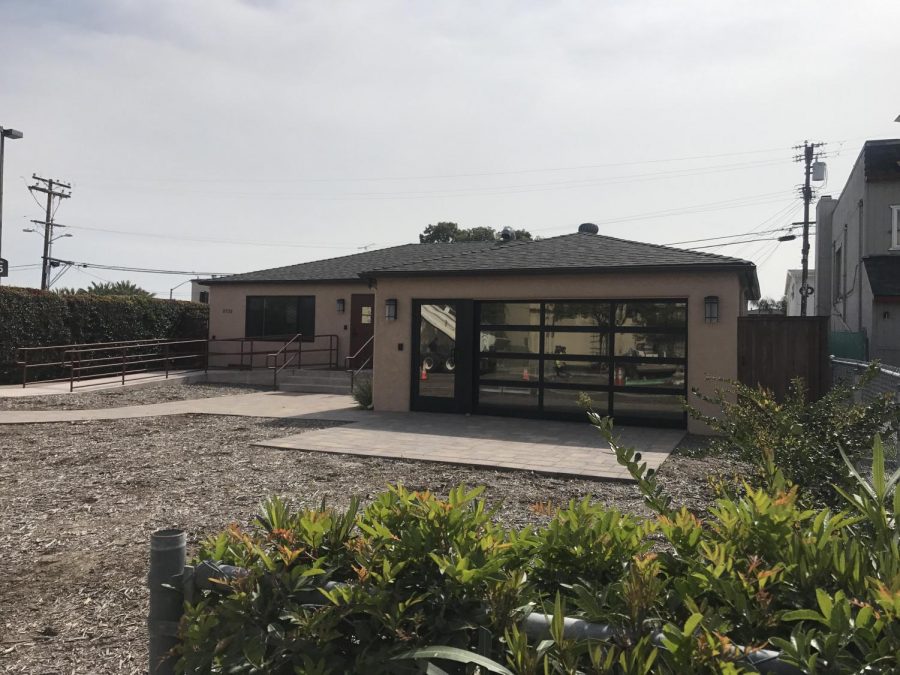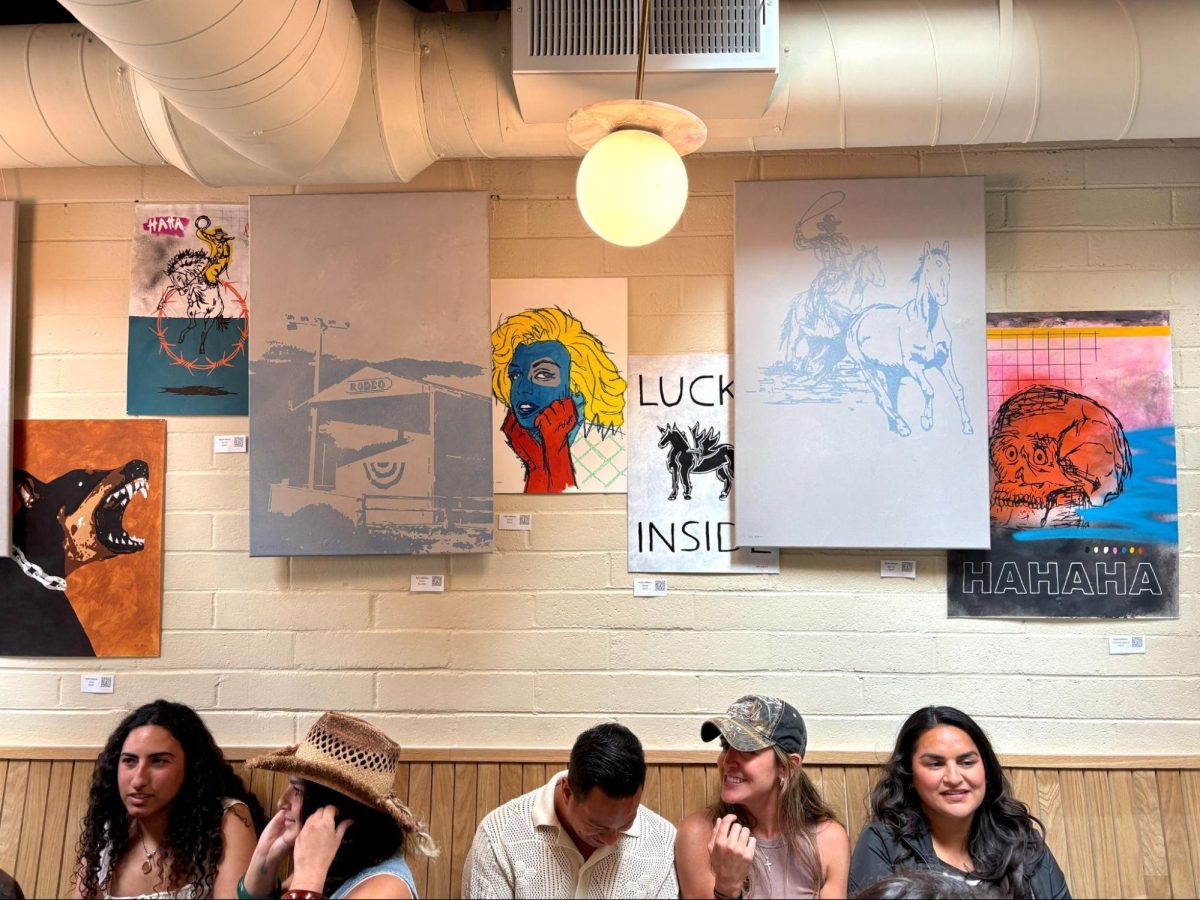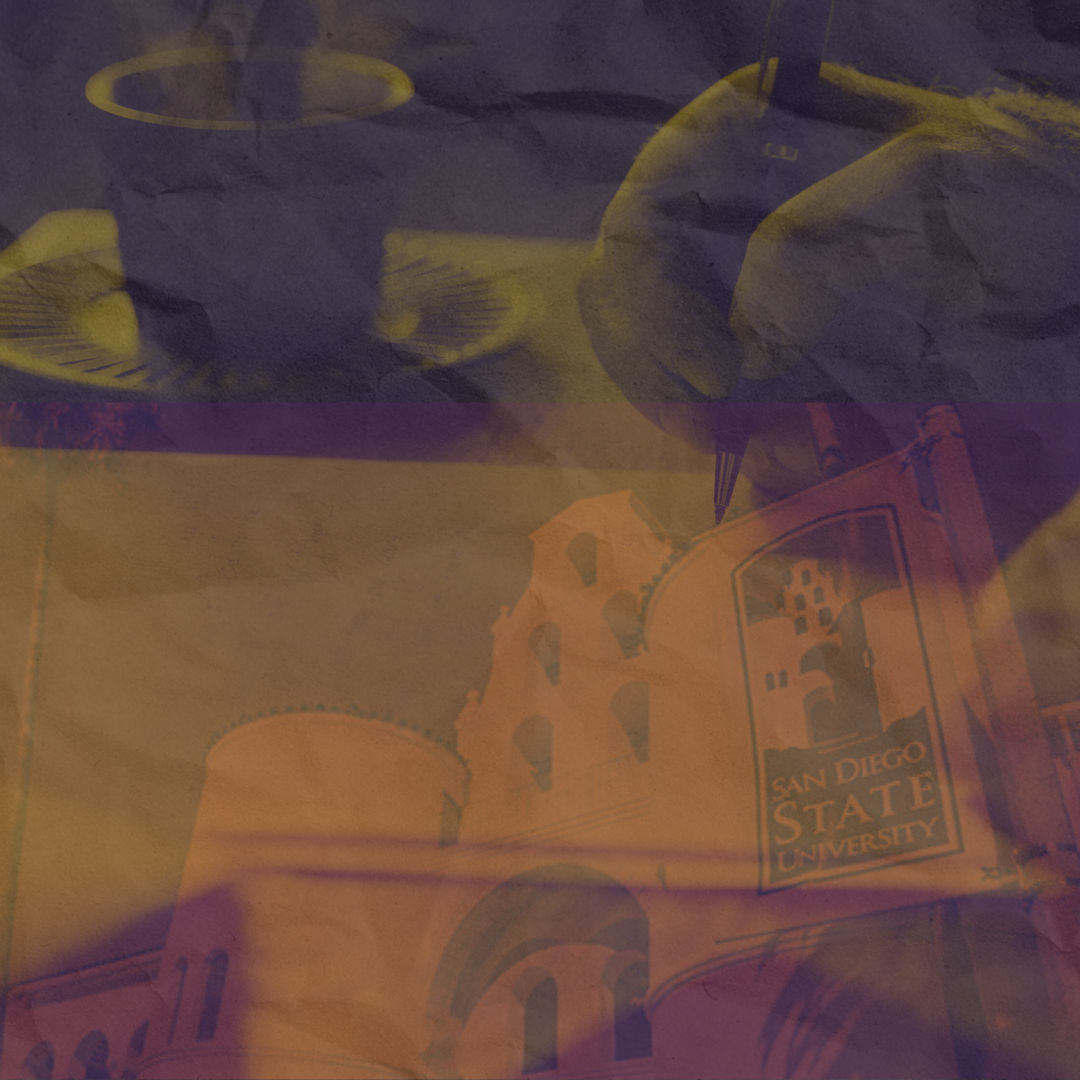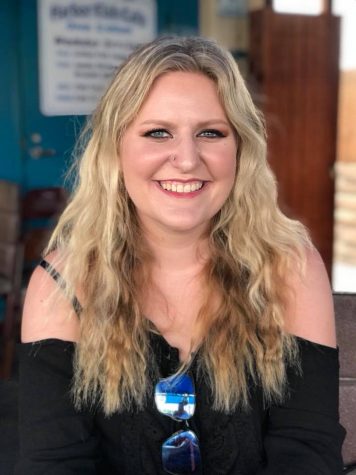For the past three years, the Black Women’s Healing Circle on campus has worked to create a space for female, trans and non-binary black students to discuss issues unique to their experiences due to racism and misogynoir, seeking to foster community around mutual understanding.
Dr. Antwanisha Alameen-Shavers, an assistant professor in San Diego State’s Africana Studies department, said she started the healing circle due to a variety of factors, but ultimately she found the circle necessary to allow black women to unpack and heal from the oppression and abuse they face today and have faced throughout history.
“I started the organization because there was a need and there’s always been a need,” she said. “Black women or black girls are part of a population that has been systemically oppressed for 400 years.”
She said it was especially important to create this space at SDSU, considering the lack of representation for black women in programs at the Women’s Resource Center three years ago. The healing circle now operates under both the Black Resource Center and the Women’s Resource Center.
“The Women’s Resource Center was a space that was not actually attempting to be inclusive of black women, I had to make sure that they were,” Alameen-Shavers said. “The Women’s Resource Center did not make anything specific to black women.”
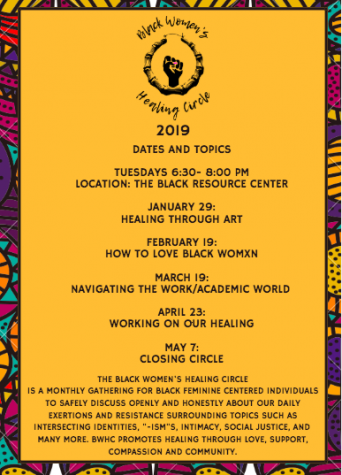
She said another motivating reason in creating and maintaining the Black Women’s Healing Circle is the alienation and discrimination black students endure from white faculty.
“There are students throughout the past five years — black male students and black female students — who all have complained to me about being harassed by white professors making them feel they don’t even belong,” Alameen-Shavers said. “Black students often don’t have the space to not only vent and heal, but they don’t even have the space to complain because we accept a lot of this.”
Meeting once a month in the Black Resource Center, the Black Women’s Healing Circle is led by student facilitators, and is open to black students and faculty. Meetings include a monthly topic — recent topics include “healing through art,” “how to love black womxn” and “navigating the work/academic world” — and those attending the meeting share their thoughts and experiences with that specific idea.
Monica Sanders, a co-facilitator and graduate student studying marriage and family therapy, said all of the facilitators of the space meet at the beginning of a semester to brainstorm ideas for upcoming meetings, drawing from their personal lives and events in culture at large. While meetings tend to revolve around these predetermined topics, Sanders said the circle is open to adjusting the discussion based on topical events or experiences someone is going through.
Sanders said one the most rewarding effects of the Black Women’s Healing Circle is the rapport developed among the attendees.
“It’s a special thing when you can look around campus and be able to see someone who might have some shared experiences,” she said. “Black women who are in our circle oftentimes talk about the friendships they’ve created (and) how support systems were built for them that they didn’t imagine would happen before, had they not learned about the space.”
Lead facilitator Myra Hollis, a graduate student studying marriage and family therapy, said this community is especially important for black women due to their underrepresentation on campus.
“There are so few of us on campus,” she said. “This creates a space for us to find each other easily.”
Hollis said she’s encouraged by other circles and groups forming for different communities — Alameen-Shavers’s husband Dwayne Shavers coordinates a healing circle for black men, for example — and advises students to seek them out.
“It gives students a chance to just have their voice be heard,” she said. “I know a lot of students don’t really go to counseling and psychological services, so this gives them another outside place to just voice themselves.”
Alameen-Shavers said in addition to the fruitful community, the Black Women’s Healing Circle is beneficial in fostering leaders and mentors.
“The circle actually is a wonderful opportunity, not only to experience your own healing through group discussion, but eventually you can rise up to become a student facilitator of your own,” she said. “It’s a wonderful mentorship program.”
The Black Women’s Healing Circle is expected to continue into coming years, and Alameen-Shavers said she hopes to bring a version of this concept into the greater San Diego community.
The professor said these kinds of spaces continue to be powerful and necessary in the face of oppression.
“It’s very hard to convince white people of racism,” Alameen-Shavers said. “So instead of spending all of our energy doing that, at least we get the chance to come together and talk about the things that we experience. It’s one of the lines of defense I wanted to make sure that black girls had at this school.”
The Black Women’s Healing Circle will meet two more times this semester, on April 23 and May 7 at 6:30 p.m. in the Black Resource Center.




